Emergency Communications
|
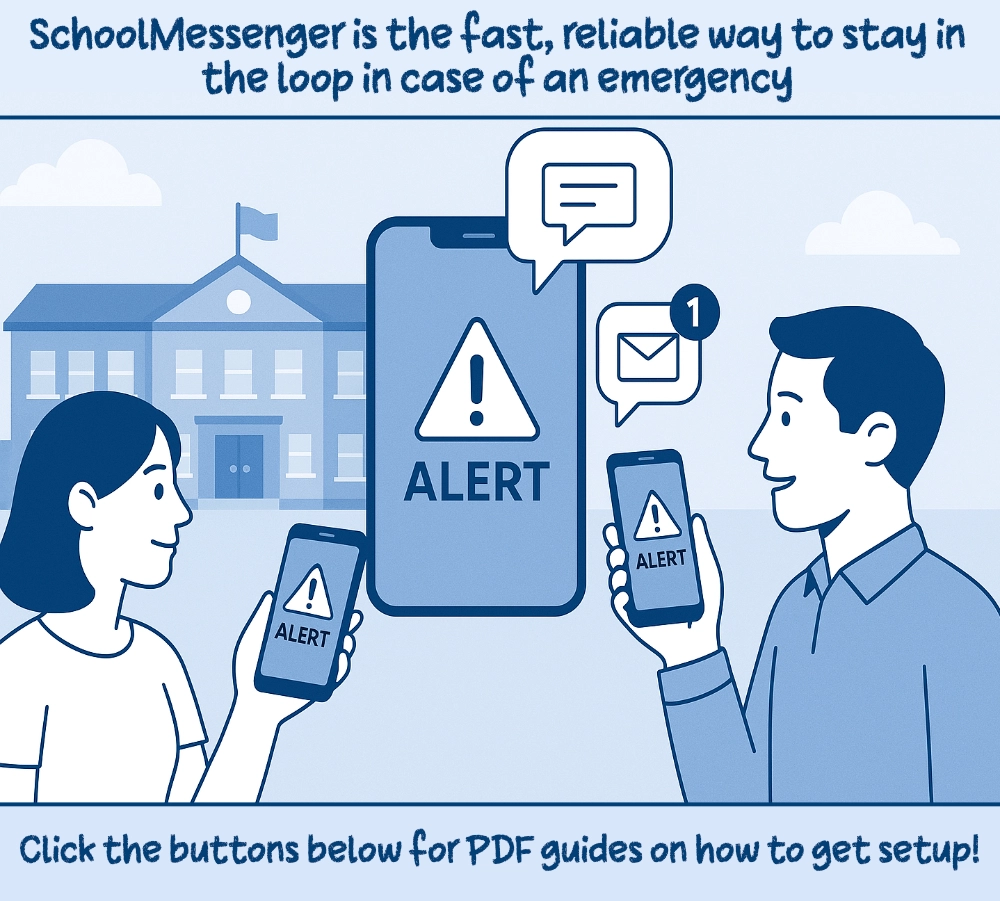
|
Types of Emergency Responses
In the event of an emergency, our schools are prepared to respond swiftly and effectively. Regular school safety drills are held throughout the year. In addition to the procedures described below, schools also practice protocols such as Drop-Cover-Hold, and conduct fire drills.
- Each of these responses is carefully planned and practiced at each school and facility.
- During an emergency we ask parents not to call or try attend the school.
- If you arrive at the school in the midst of an emergency, please respect the protocols in progress.
- Please monitor school email, the SD 71 website and official social media pages for updates.
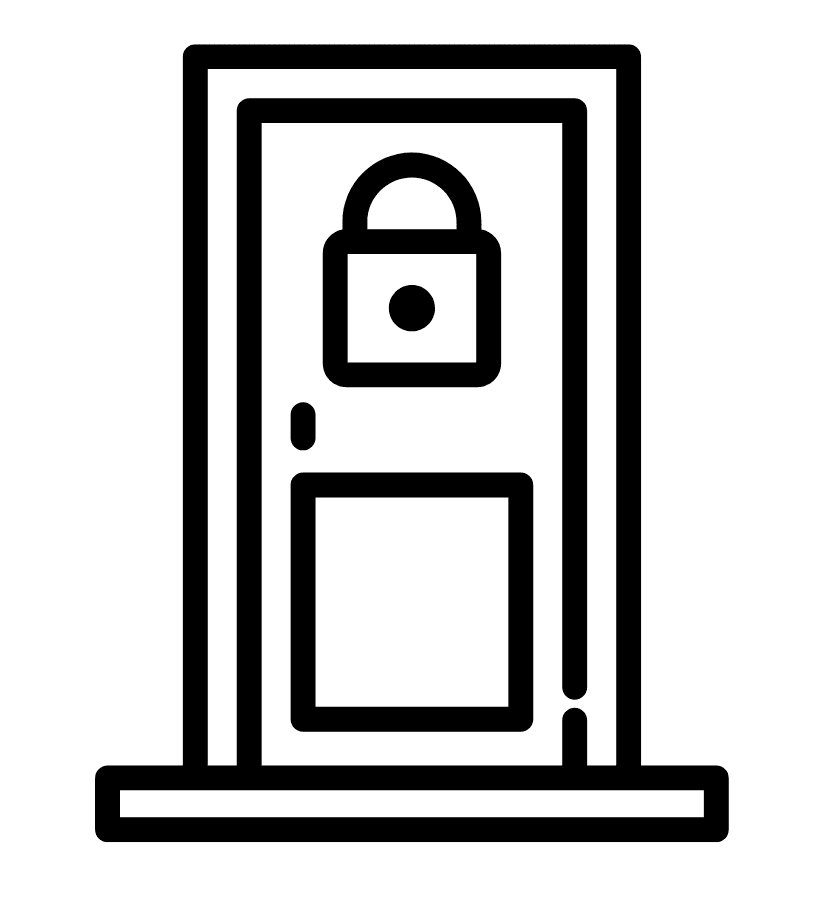 Hold and Secure
Hold and Secure
Purpose: To secure the school from a potential threat or emergency in the vicinity while allowing normal activities to continue inside.
When Used: When there is a possible threat or emergency near the school but not directly targeting the school.
Procedure: Exterior doors are locked, and no one is allowed to enter or leave the building. Activities inside the school can continue but with limits on movement outside classrooms.
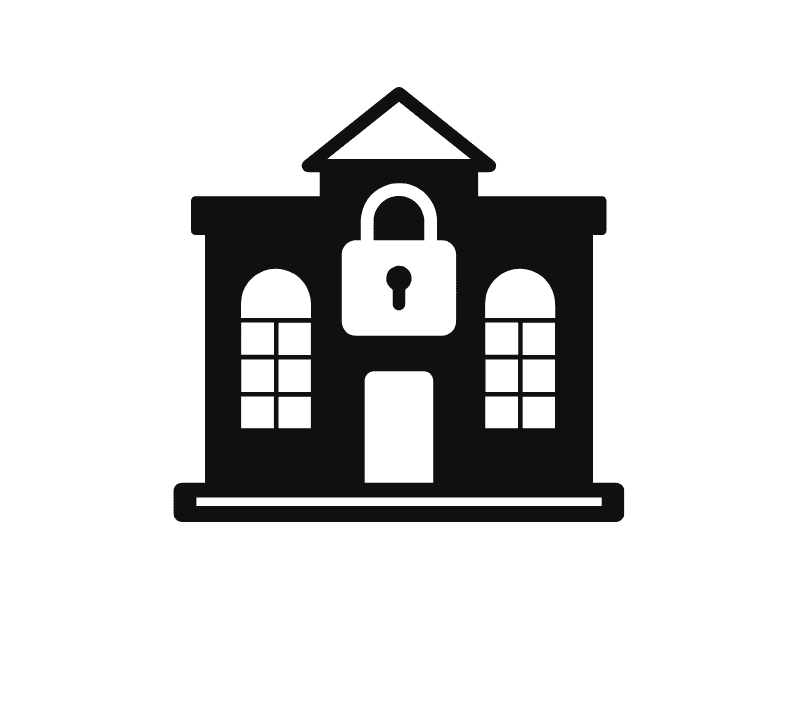 Lockdown
Lockdown
Purpose: To protect students and staff from a possible threat inside or immediately outside the school.
When Used: In the event of an intruder or other immediate security threat.
Procedure: Doors are locked, lights are turned off, and students and staff remain quiet and out of sight. Communication with law enforcement is maintained until the threat is resolved.
 Shelter-in-Place
Shelter-in-Place
Purpose: To keep students and staff safe indoors during external environmental hazards.
When Used: During severe weather, hazardous material spills, or other external threats such as a bear or cougar nearby.
Procedure: Students and staff remain inside the building, windows and doors are sealed, and ventilation systems may be shut down to prevent contamination.
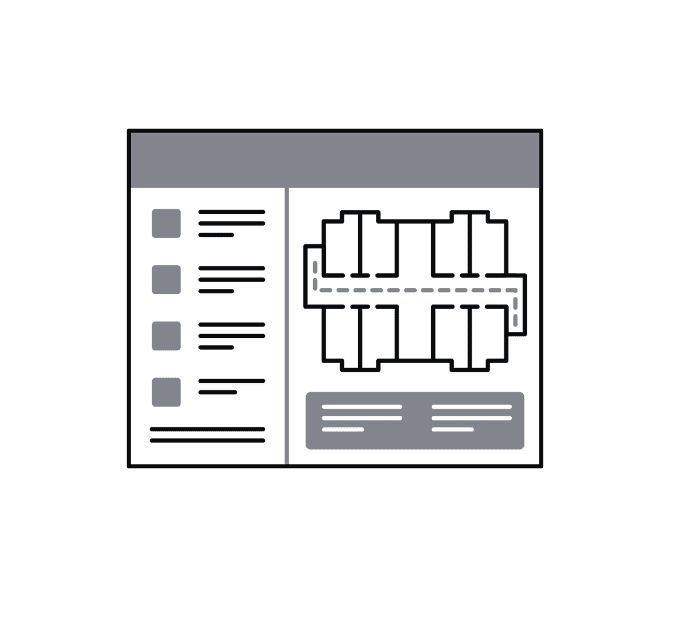 Evacuation
Evacuation
Purpose: To move students and staff to a safe location away from a potential threat inside the school building.
When Used: During fires, gas leaks, or other situations where remaining inside poses a danger.
Procedure: Students and staff follow designated evacuation routes to a predetermined safe location. Attendance is taken to ensure everyone is accounted for.
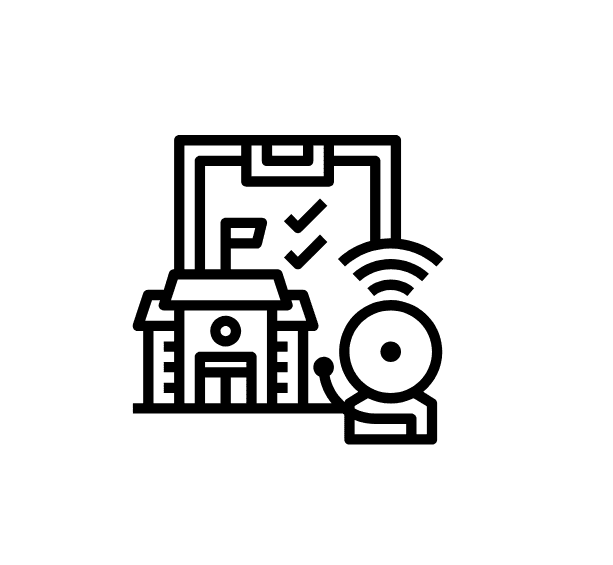 Dismissal
Dismissal
Purpose: To safely reunite students with their parents or guardians after an emergency.
When Used: After an evacuation or other significant emergency event.
Procedure: A controlled process is implemented to ensure students are released to authorized individuals only. Identification and sign-out procedures are strictly followed.
 Emergency Preparedness in Comox Valley Schools
Emergency Preparedness in Comox Valley Schools
As part of our ongoing safety measures, schools regularly participate in emergency drills, including earthquake drills and fire drills.
 Emergency Supplies
Emergency Supplies
Each school site maintains emergency and first aid supplies to support students and staff in the event of an emergency. Each school has emergency supplies available on hand such as water, non-perishable food, first aid kits and other safety equipment.
 Preparedness for Various Emergencies
Preparedness for Various Emergencies
Beyond natural disasters, our schools are also equipped to respond to a range of potential risks and threats, including health-related issues and security concerns.
Our response to any emergency will depend on the specific situation. All responses will be coordinated with local emergency services and support agencies.
In the event of an emergency or natural disaster, Comox Valley Schools will respond in coordination with Comox Valley Emergency Management to try ensure the safety and well-being of students and staff.
 Drills Overview
Drills Overview
Overview of our drill procedures:
Provincially Mandated Drills: Each school year, we conduct two lockdown, three earthquake, and six fire drills per site. More information about drill frequency can be found in the provincial guidelines here (see Page 12).
Developmentally Appropriate Practice: Drills are intended for practice, and we present them to students in ways suited to their developmental level.
Drills explained:
- The fire drill involves an evacuation of the building to a designated muster station and the taking of attendance in a timely manner.
- Our earthquake drill involves a simulated announcement that signals the students to drop, cover, and hold – and count to 60. For more, visit ShakeOut BC.
- The lockdown and hold and secure drills allows us to practice what to do in a situation when there is an active threat inside a school.
 Reuniting after an emergency
Reuniting after an emergency
Schools have established procedures to ensure the safe reunification of parents/guardians and children once certain emergencies are over. Please take note of the following:
- Reunion Area: A designated area will be set up for parents/guardians to pick up their children. The location will be communicated during the emergency.
- Release Form: Parents/guardians must fill out a Student Release Request Form to ensure all students are accounted for.
- Authorized Individuals: Only those listed as legal guardians or emergency contacts on the student’s Emergency Card can pick up the child.
- Identification: Valid ID is required to pick up your child, even if school staff know you.
- Signing Out: Parents/guardians must sign for their child’s release to ensure proper accounting.
- Immediate Departure: After being reunited, parents/guardians and children should leave the area promptly for safety.
If parents/guardians cannot pick up their child, the child will be supervised at the Parent-Child Reunion Center until other arrangements are made.
Where to find information during emergencies
In the event of an emergency, please be aware that reaching the school by phone may be difficult. We will make every effort to contact parents directly through the following methods:
Weather and Power Operations
 There will be occasions when schools must temporarily close due to inclement weather, power outages or for emergency reasons. The superintendent may make the decision to temporarily close any or all district schools when the safety of students and staff may be compromised.
There will be occasions when schools must temporarily close due to inclement weather, power outages or for emergency reasons. The superintendent may make the decision to temporarily close any or all district schools when the safety of students and staff may be compromised.
Our schools are prepared to handle various weather-related emergencies and power outages to ensure the safety and well-being of students and staff. More information on school closures is available on the next page.
Snow Days and Inclement Weather
Purpose: To ensure the safety of students and staff during severe weather conditions.
When Used: During heavy snowfall, ice storms, or other severe weather events that make travel dangerous.
Procedure:
- School Closures: Decisions to close schools are made based on safety using weather forecasts, road conditions, and consultations with operations staff. Announcements are made through the school district’s website, social media, and local news outlets.
- Delayed Openings: If conditions are expected to improve, schools may open later than usual. This allows time for roads to be cleared and for safe travel.
- Early Dismissals: If severe weather develops during the school day, students may be dismissed early to ensure they can travel home safely. Parents will be notified through the same channels used for closures.
Power Outages
Purpose: To maintain a safe environment and continue essential operations during a power outage.
When Used: During unexpected power failures due to storms, equipment failure, or other causes.
Procedure:
Short-Term Outages: If the outage is expected to be brief, schools will continue to operate using natural light and battery-powered emergency lighting. Activities may be adjusted to ensure safety.
Extended Outages: If the outage is expected to last for an extended period, the decision to continue school operations will be based on factors such as temperature, availability of water, and communication capabilities. Parents will be informed of any changes to the school schedule.
We aim to minimize disruptions for students and families. The safety of our school community is factored in all decisions made by schools the district.
School Closure Information
Schools in Comox Valley Schools are not routinely closed due to snow or other inclement weather conditions. All schools will remain OPEN, if at all possible, during winter weather.
On occasion, a district-wide or partial-district closure is required due to extreme weather. Partial-district closures affecting individual schools may occur due to the very different geography within our school district. If there is a partial-district closure, affected schools will be identified.
Any district-wide or partial-district closures will be decided and communicated by 6:30 a.m. via the Comox Valley Schools website and other sources so that families can plan and make alternate arrangements.
In most instances, announcements will NOT be made that schools are open; only cancellations, closures, or delayed school openings will be announced.
While the district tries to make the best decision with the information available, the weather can change quickly.
The Superintendent of Schools has authority, on behalf of the Board, to temporarily close a school or schools. This decision is made in consultation with management and supervisory staff.
Several factors go into a school closure decision, including student and staff safety, the conditions of roads near schools, school grounds, school bus routes, and whether facilities are fully operational.
Extra-curricular activities, school events and field trips may be cancelled because of weather – even when school remains open.
School Closure Questions
How are district sites and road conditions assessed during winter weather?
Beginning very early in the morning, our Facilities Department begins investigating road and site conditions at all schools. Unpredictable conditions can be a result of the varying elevations within the Comox Valley. For this reason, road assessments take place across the valley. District crews analyze the estimated time it will take for snow and ice to be cleared from parking lots, sidewalks and busses. Other concerns include fallen or low-lying trees, power failures, accidents and traffic flow. Sidewalks with excessive snow due to street snow removal are also a safety concern, especially along corridors where students normally walk to school.
What if I don’t think it is safe for my child to go to school due to weather conditions?
When schools remain open, decisions to stay at home during challenging weather conditions should be made by each family. If for any reason a parent/guardian feels that a child cannot travel safely to/from school, they can notify their child’s schools about the expected absence. Students will not be penalized.


 Crisis Notification Network
Crisis Notification Network